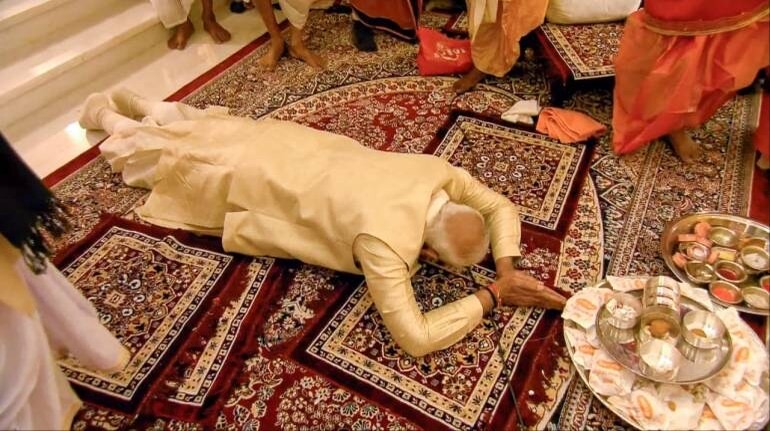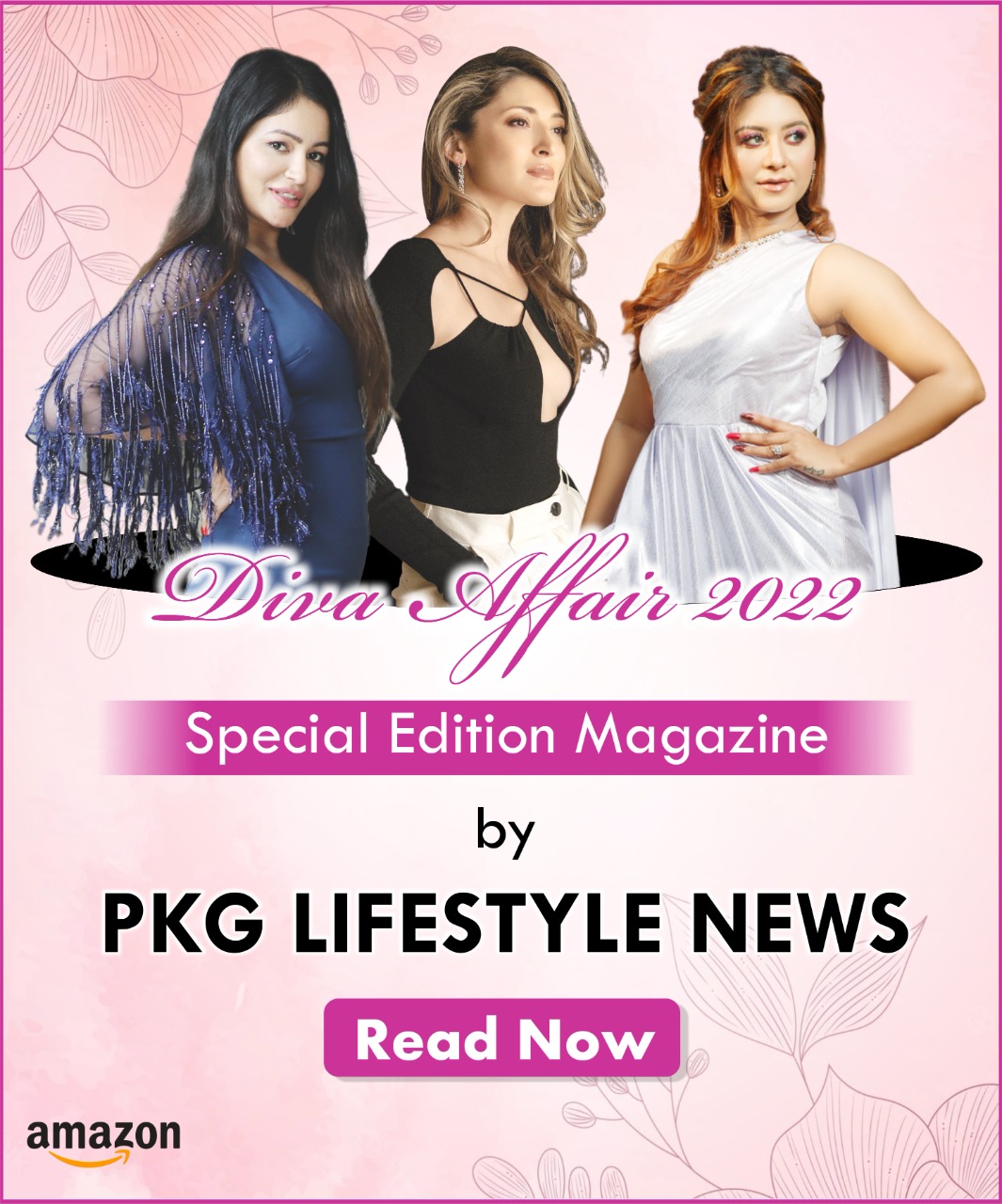Prime Minister Narendra Modi’s recent visit to Ayodhya for the inauguration of the new Ram temple has become a transformative moment in the history of the Indian Republic. Clad in a gold kurta with a white angavastram, adorned with the traditional red and white mark of Vishnu, Modi’s ‘dandwat pranam’ before the idol of Ram Lalla marks the beginning of a new era, symbolizing total surrender to God in the Hindu tradition.

This symbolic gesture, reminiscent of Modi’s shashtang pranam on the steps of Parliament in 2014, holds profound significance as it signals the end of the Nehruvian post-Partition consensus on secularism that characterized the early decades of independent India. The BJP, under Modi’s leadership, had already secured a cultural victory in the Ram-centric narrative. Now, with Modi personally leading the pran pratishtha of Ram in Ayodhya, a “divine programme” as he described it, a new cultural consensus on Hinduism is visually inaugurated in India.
In his address from Ayodhya, Prime Minister Modi declared, “After centuries, Ram has returned home… It is the beginning of a ‘New Age.'” This momentous occasion not only solidifies the cultural dominance of the BJP but also represents a shift in the narrative around secularism in post-Partition India. The visual representation of Modi’s reverence for Ram marks a departure from the earlier secular ethos, ushering in a new chapter in the cultural and religious identity of the nation.










